Picture yourself standing at the edge of a vast ocean, watching waves crash against the shore. Above the surface, everything seems calm and predictable, yet beneath your feet lies an intricate network of flowing currents that dwarf any river system on land. These underwater highways carry water masses across entire ocean basins, creating hidden rivers that are invisible to the naked eye but essential to life on Earth.
What you’re witnessing is one of nature’s most remarkable phenomena: the ocean’s hidden circulation system. The oceans are mostly composed of warm salty water near the surface over cold, less salty water in the ocean depths. These two regions don’t mix except in certain special areas. Understanding these mysterious underwater currents reveals how our planet’s climate machine truly works, and why these invisible rivers beneath the sea are far more powerful than anything flowing on land.
The Birth of Underwater Rivers: When Salt and Cold Create Power

Deep beneath the ocean’s surface, something extraordinary happens that sets these underwater rivers in motion. Differences in water density, resulting from the variability of water temperature (thermo) and salinity (haline), also cause ocean currents. This process is known as thermohaline circulation. Think of it like this: when you pour cold milk into hot coffee, the denser cold liquid naturally sinks while the lighter warm liquid rises.
The process that creates deep currents is called thermohaline circulation – “thermo” referring to temperature and “haline” to saltiness. It all starts with surface currents carrying warm water north from the equator. The water cools as it moves into higher northern latitudes, and the more it cools, the denser it becomes. This simple physics drives a global system so powerful it influences weather patterns thousands of miles away.
Cold, salty water is denser than warm, fresh water and tends to sink beneath it. In seafloor canyons, we have observed that water in some places close to the bottom of the canyons is less dense than in other places at the same depth. These density differences create the driving force behind the ocean’s hidden rivers, making them flow like liquid conveyor belts across the planet.
Nature’s Incredible Salt Factory: How Sea Ice Creates Dense Water

In the polar regions, nature operates an incredible salt factory that powers the ocean’s deepest currents. Brine rejection is a process that occurs when salty water freezes. The salts do not fit in the crystal structure of water ice, so the salt is expelled. Since the oceans are salty, this process is important in nature. Salt rejected by the forming sea ice drains into the surrounding seawater, creating saltier, denser brine.
Picture this remarkable process: when seawater begins to freeze, the ice crystals can’t hold salt within their structure. The ice-water interface advances in the form of parallel rows of cellular projections called dendrites. Brine rejected from the growing ice sheet accumulates in the grooves between rows of dendrites. As the dendrites advance, ice bridges develop across the narrow grooves that contain the rejected brine, leaving the brine trapped and isolated.
As sea ice freezes, it rejects increasingly salty water, which drains through narrow brine channels that thread through the ice. The brine flowing through the brine channels and out of the bottom of the ice is very cold and salty, so it sinks in the warmer, fresher seawater under the ice, forming a plume. This process creates some of the densest water on Earth, which becomes the driving force for massive underwater currents.
The World’s Greatest Hidden Waterfall
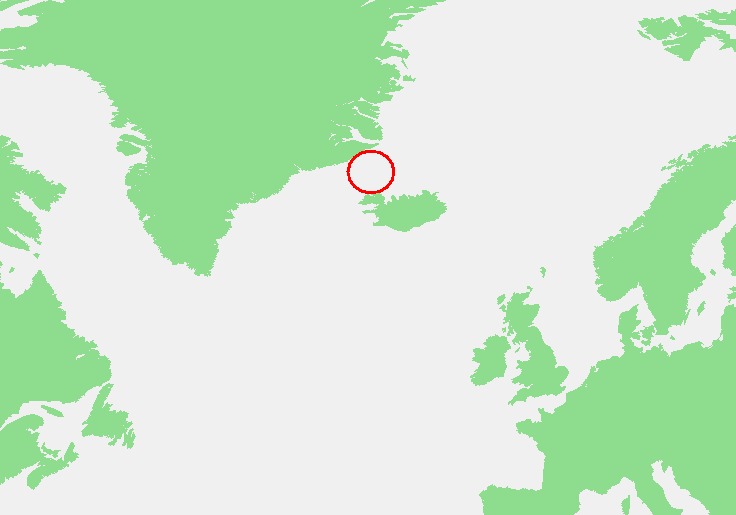
Hidden in the cold waters between Iceland and Greenland lies Earth’s most spectacular waterfall – one you’ll never see from the surface. The largest waterfall in the world is located in the Denmark Strait between Iceland and Greenland. More than three kilometres high, it has a flow of cold, dense water that exceeds five million cubic metres per second. This gigantic current is generated in the Arctic, where surface water cools, gains density, sinks and makes its way to lower latitudes, following the topography of the seabed.
To put this in perspective, imagine Niagara Falls multiplied by thousands. More than 5 million cubic meters of water – around 177 million cubic feet – slip over the cataract every second, far outpacing the Amazon River’s flow into the Atlantic. This slide feeds the lower limb of the Atlantic Meridional Overturning Circulation (AMOC), the global “conveyor belt” that ferries heat, oxygen, and nutrients around the planet.
Submarine waterfalls follow a different script. Here, colder, saltier water sinks below lighter layers, slipping along the seafloor like syrup down a tilted pan. The motion is silent, pulling entire water masses rather than a single stream. This underwater giant operates in complete silence, yet its impact on global climate is immeasurable.
Rivers That Flow Upside Down: Understanding Dense Water Cascades

These underwater rivers behave nothing like the familiar streams and rivers we see on land. Underwater waterfalls, also referred to as ocean currents, are vertical descending flows of seawater that occur in areas along the continental shelf where sudden, sharp drops cause a plunging effect resembling an above-water cascade waterfall. The underwater waterfalls are formed due to density variances in the water column, gravity, and surrounding water pressure differentials that compel dense deep water to perpetually flow downwards over submarine cliffs, holes, trenches or wall edges.
The mechanics are fascinating yet counterintuitive. In certain areas near the polar oceans, the colder surface water also gets saltier due to evaporation or sea ice formation. In these regions, the surface water becomes dense enough to sink to the ocean depths. This pumping of surface water into the deep ocean forces the deep water to move horizontally until it can find an area on the world where it can rise back to the surface and close the current loop.
This generates swirling vortexes as light sediments become dislodged, creating translucent sand clouds stretching through the water column. The swirling effect cycles cold subsurface water upwards before it spills over the ledge again, forming a continuous cascading flow of cold-water rapids plunging through the illuminated blue waters. These underwater rapids create their own weather systems deep beneath the waves.
The Ocean’s Global Conveyor Belt System
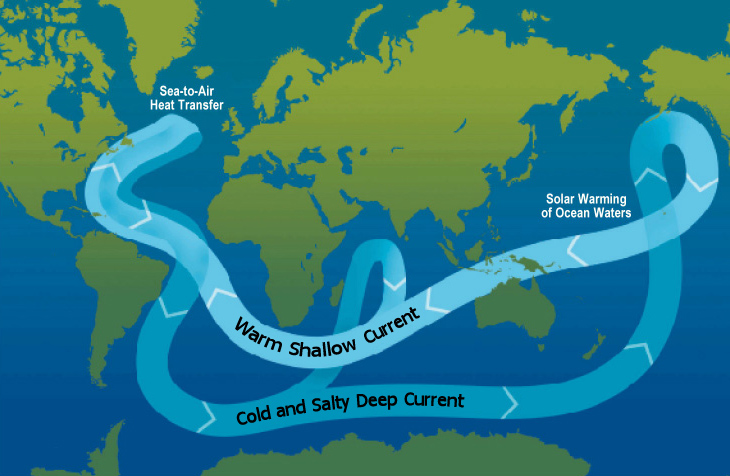
The ocean’s hidden rivers connect to form something scientists call the global conveyor belt, a massive circulation system that moves water around our entire planet. A process known as thermohaline circulation, or the ocean conveyor belt, drives these deep, underwater currents. Thermohaline circulation moves a massive current of water around the globe, from northern oceans to southern oceans, and back again. Currents slowly turn over water in the entire ocean, from top to bottom.
This system operates like a giant, slow-motion river system spanning all the world’s oceans. This “starts” the global conveyer belt, a connected system of deep and surface currents that circulate around the globe on a 1000 year time span. This global set of ocean currents is a critical part of Earth’s climate system as well as the ocean nutrient and carbon dioxide cycles. A single drop of water might take over a millennium to complete the entire journey.
Although convection only occurs locally in the polar regions, it propels thermohaline circulation, which spans the globe like a giant conveyor belt. Even the Gulf Stream and its branches are driven by convection and thermohaline circulation. Although wind also influences the transport of water masses, its contribution is significantly less. This reveals how local processes in remote polar regions can influence weather patterns across the globe.
Polar Regions: The Heart of the Ocean’s Circulatory System
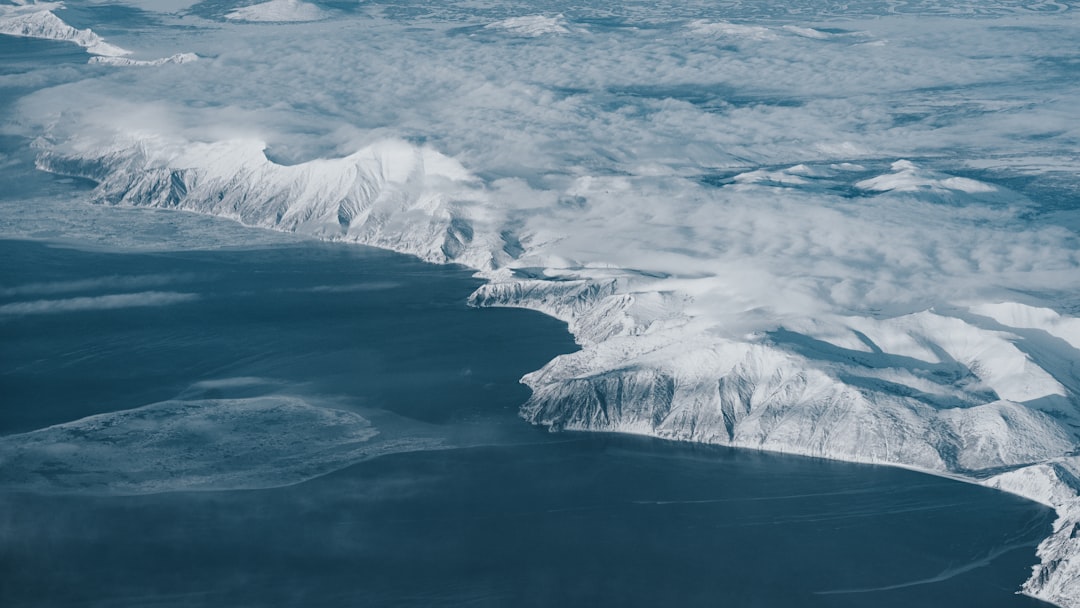
The polar regions act as the beating heart of the ocean’s circulation system, pumping dense water throughout the global ocean. The poles are the regions where most of the dense water masses – generated by the formation of sea ice at the surface – eventually reach the global ocean floor. The polar areas are like the heart of the oceanic circulatory system: they pump cold, dense water into the great oceanic troughs through the heartbeats made by overflows of dense water.
This powerful phenomenon, which primarily occurs in a few polar regions of the ocean, is called convection. The surface water in the North Atlantic region sinks to a depth of around 2000 metres due to convection. There it settles on an even denser deep-water layer from the Antarctic that extends down to the sea floor. These polar factories work year-round, continuously manufacturing the dense water that powers global ocean circulation.
The dense water that forms in the Arctic are called North Atlantic Deep Water (NADW), while the Antarctic Bottom Water (AABW) forms in the southern hemisphere. These two areas of brine rejection play an important role in the thermohaline circulation of all of Earth’s oceans. Without these polar regions functioning as nature’s refrigerators and salt factories, the ocean’s hidden rivers would cease to flow.
Invisible Giants: Satellite Detection of Underwater Waterfalls
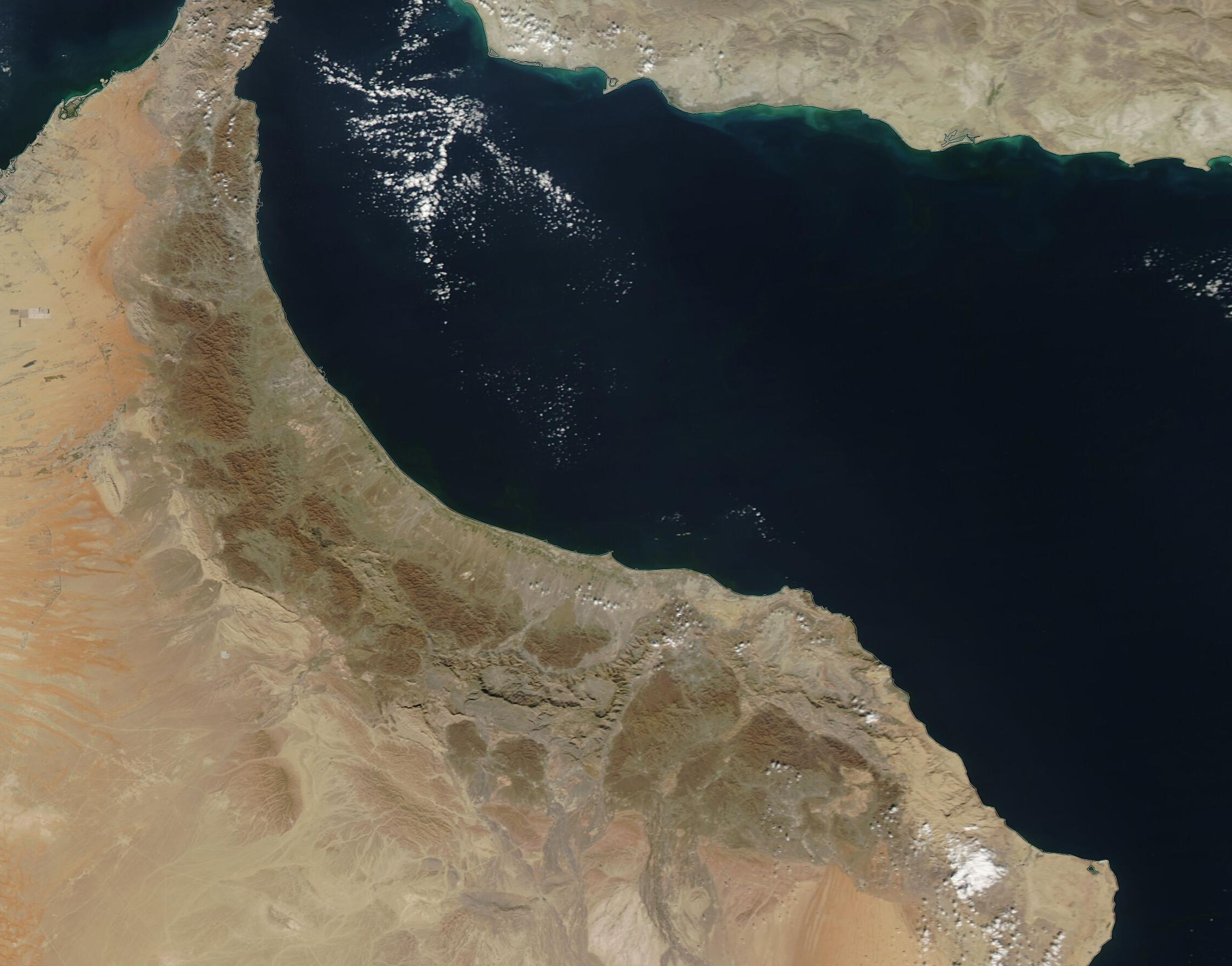
Scientists have recently discovered an ingenious way to track these invisible underwater rivers from space, revolutionizing our understanding of deep ocean currents. We discovered that dense water cascades leave a telltale surface signal: a subtle but consistent dip in sea level, caused by the cold, heavy water sinking beneath it. By tracking these subtle sea level dips, we developed a new way to monitor year-to-year changes in dense water cascades along the Antarctic continental shelf. By measuring tiny dips in sea level – just a few centimetres – we can now track the dense water cascades from space.
This breakthrough technology has opened up new possibilities for monitoring these critical ocean processes. The satellite signal we identified aligns well with observations collected by other means, giving us confidence that this method can reliably detect meaningful shifts in deep ocean circulation. This is the first time Antarctic dense water cascades have been monitored from space. What makes this approach so powerful is its ability to deliver long-term, wide-reaching observations at low cost and with zero carbon emissions – using satellites that are already in orbit.
Beneath the surface of the Southern Ocean, vast volumes of cold, dense water plunge off the Antarctic continental shelf, cascading down underwater cliffs to the ocean floor thousands of meters below. By measuring tiny dips in sea level – just a few centimeters – we can now track the dense water cascades from space. This breakthrough lets us monitor the deepest branches of the ocean circulation, which are slowing down as Antarctic ice melts and surface waters warm.
Climate Change and the Slowing Rivers
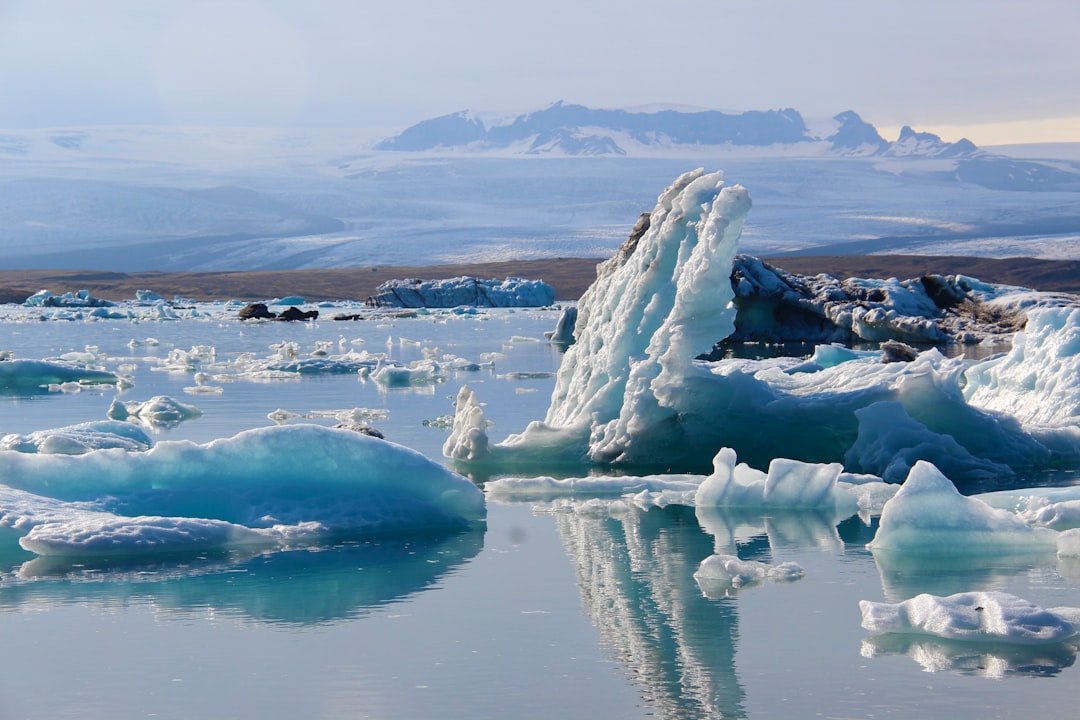
These underwater rivers face an unprecedented threat from our changing climate, with potentially devastating consequences for global weather patterns. But this crucial process is under threat. Climate change is melting the Antarctic ice sheet, adding fresh meltwater into the ocean and making it harder for dense water to form. When fresh water dilutes the ocean’s salinity, it becomes much more difficult for the dense, salty water to form that drives these deep currents.
The evidence of these changes is already becoming apparent in scientific observations. Past research has shown the abyssal circulation has already slowed by 30 per cent and is likely to weaken further in the years ahead. This could reduce the ocean’s ability to absorb heat and carbon, accelerating climate change. This creates a dangerous feedback loop: as the climate warms, the ocean’s ability to regulate that warming decreases.
In polar areas, a greater influx of freshwater and less sea ice formation will also mean a reduction in the volume of dense water moving towards lower latitudes. “This process has several effects on global ocean circulation that are of concern to the scientific community, as reflected in the latest report of the Intergovernmental Panel on Climate Change (IPCC)”. Scientists are racing to understand these changes before they reach a tipping point that could fundamentally alter our planet’s climate system.
The Hidden Impact on Marine Life and Global Climate

These invisible underwater rivers don’t just move water – they’re the lifelines that sustain marine ecosystems and regulate Earth’s climate. This heavy water then spreads across the continental shelf until it finds a path to spill over the edge, plunging down steep underwater slopes into the deep. As the dense water flows northward along the seafloor, it brings oxygen and nutrients into the abyss – as well as carbon and heat drawn from the atmosphere.
The climate implications are staggering. By dragging cold, dense water southward, the cataract clears space for warmer Gulf Stream water to flow north. That exchange tempers winter, nourishes plankton, and steers migratory species toward fertile feeding grounds. When the torrent quickens, more carbon-rich deep water rises elsewhere, boosting ocean productivity. When it slackens, heat piles up in the tropics, whipping up stronger storms.
The dissolved CO2 of the surface waters of the ocean is roughly in equilibrium with the partial pressure of CO2 in the atmosphere. As atmospheric CO2 levels are rising, the oceans are absorbing some CO2 from the atmosphere. When surface waters sink, they carry considerable amounts of CO2 into the deep oceans, away from the atmosphere. These underwater rivers act as Earth’s carbon storage system, locking away atmospheric carbon dioxide in the deep ocean for centuries or millennia.
Conclusion
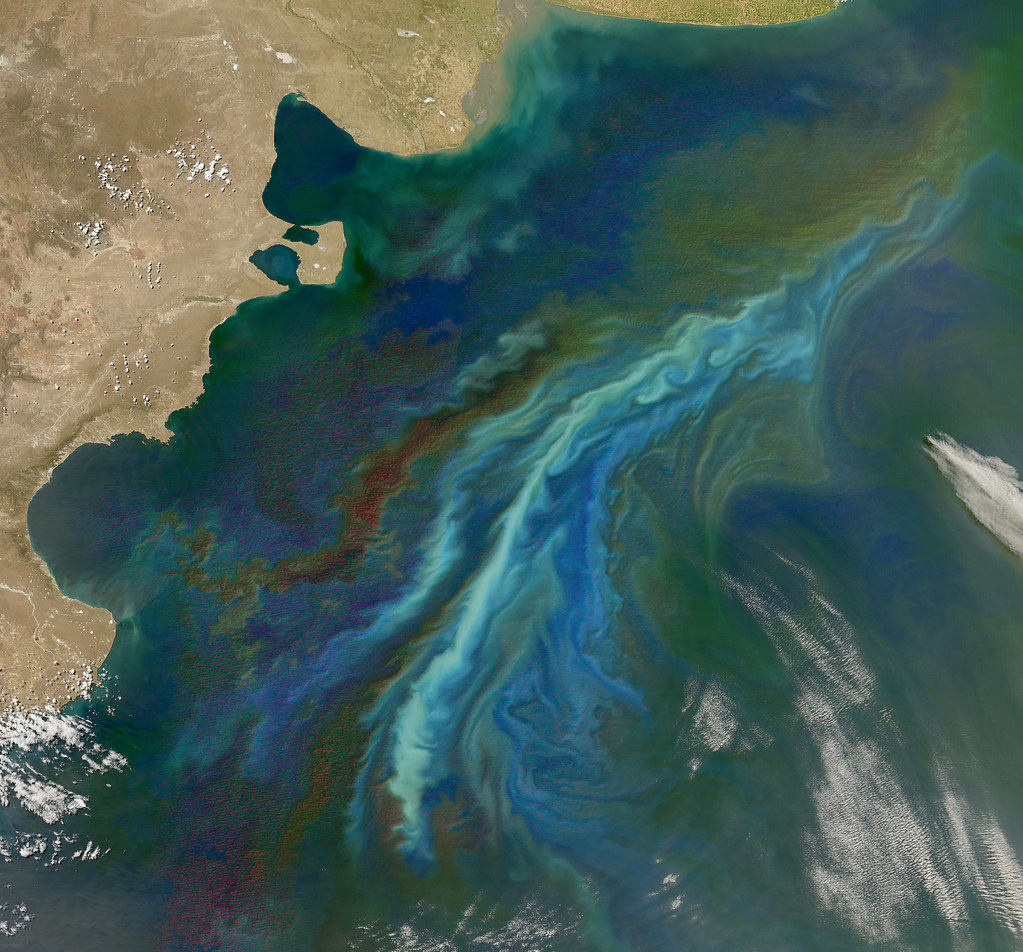
The ocean’s hidden rivers represent one of Earth’s most remarkable and essential systems, flowing silently beneath the waves while shaping our planet’s climate and supporting marine life across the globe. From the polar regions where brine rejection creates the dense water that powers these currents, to the massive underwater waterfalls that dwarf anything on land, these invisible giants work tirelessly to regulate our planet’s temperature and weather patterns.
Yet these critical systems face an uncertain future as climate change threatens to disrupt the delicate processes that have maintained Earth’s climate stability for millennia. The slowing of these deep ocean currents could have consequences we’re only beginning to understand, potentially accelerating global warming and fundamentally altering weather patterns worldwide.
Understanding these hidden rivers beneath the sea isn’t just fascinating science – it’s essential for predicting and preparing for our planet’s future. What amazes you most about these invisible forces that shape our world? Share your thoughts about these remarkable underwater rivers in the comments below.

Hi, I’m Andrew, and I come from India. Experienced content specialist with a passion for writing. My forte includes health and wellness, Travel, Animals, and Nature. A nature nomad, I am obsessed with mountains and love high-altitude trekking. I have been on several Himalayan treks in India including the Everest Base Camp in Nepal, a profound experience.




